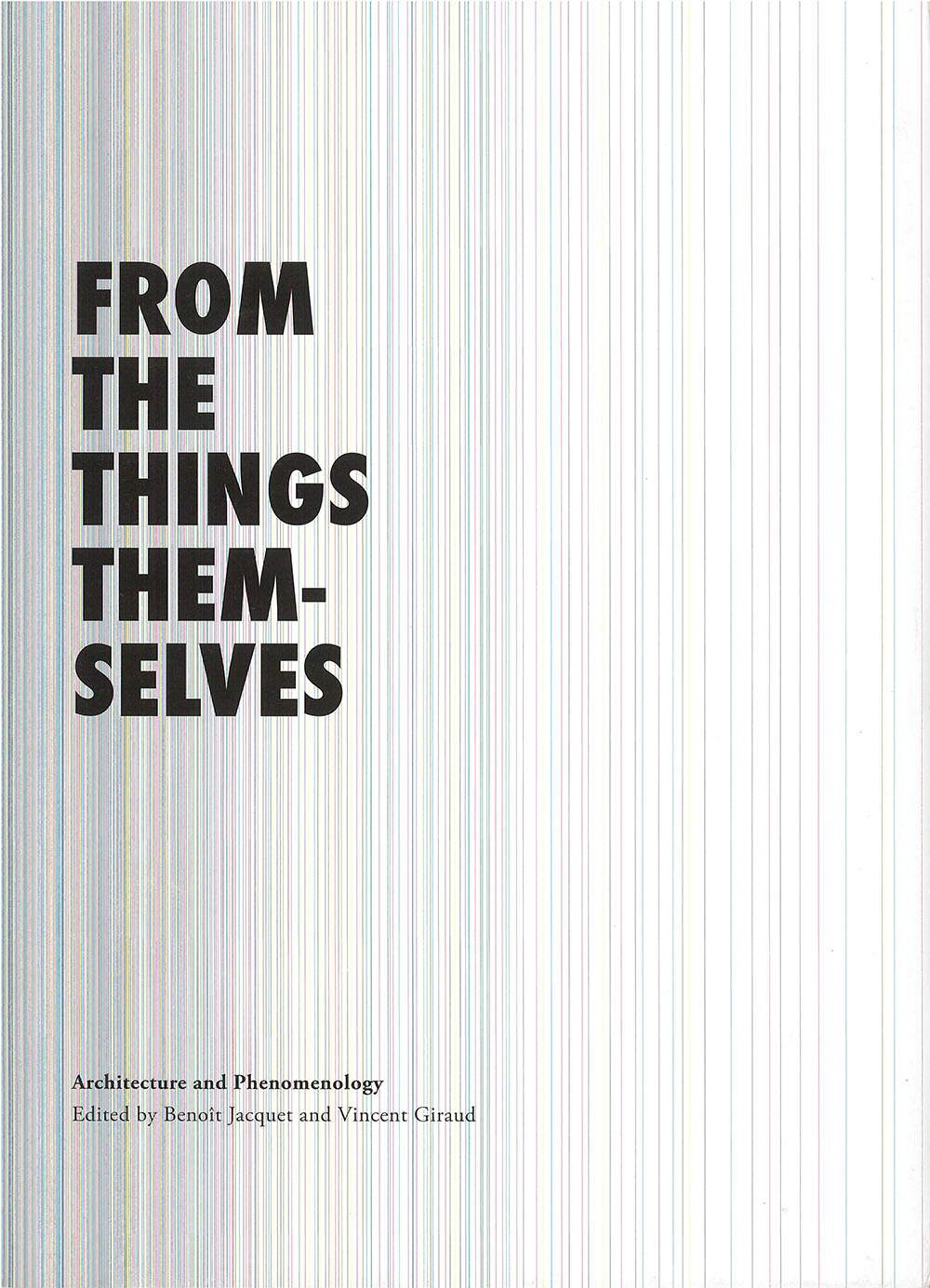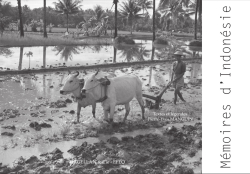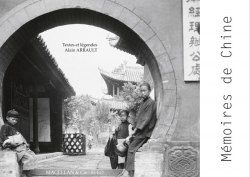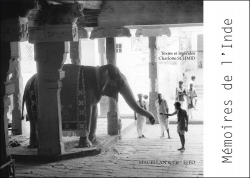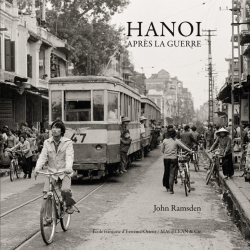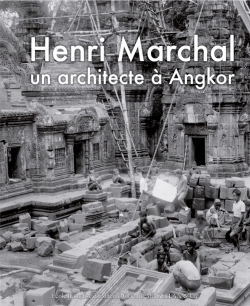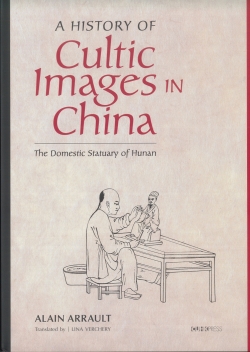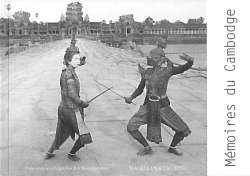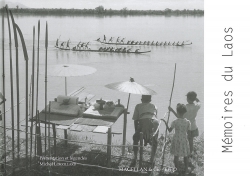The catalog of EFEO Publications includes works on a wide range of disciplines in the humanities and social sciences (archaeology, history, anthropology, literature, philology, etc.), centered on Asia, from India to Japan.
These publications address both specialists, and a wider public interested in Asian civilizations and societies.
From the Things Themselves
Architecture and Phenomenology
Collection : Coéditions
Editor: Giraud (Vincent)
Edition: EFEO, Kyoto University Press
Publication date: 2012
Status : Out of Print
29,00 €
ISBN-13 : 978-2-85539-494-7
Distributor : Distribution au Japon : Kyoto University Press, Reste du monde : Silkworm Books
Geography : Japan
Language : English
Place : Kyoto
Support : Papier
Abstract
This book, made in Kyoto, includes 21 papers relating architecture to phenomenology, and vice-versa. The philosophies of Husserl, Heidegger and Merleau-Ponty are revisited and experienced through a large array of architectural realizations: from the virtual world of Second Life, the poetical and spiritual worlds of Greek or Zen temples, Cistercian or Baroque churches, Chinese and Japanese gardens, to the work of contemporary architects. To the philosopher, it provides a precise analysis of concrete cases, thus permitting a testing of the relevance and effectiveness of salient concepts, both aesthetical and ethical. The architect, on the other hand, is presented with a reflexive gaze on everyday work, as well as the tools with which to rethink the reality of architectural practice.
Table of contents
Acknowledgement Introduction
Atmospheres
* Hubert L. Dreyfus, Why the Mood in a room and the Mood of a room Should be Important to Architects
* Sylvain De Bleeckere, Aural Architecture and its Phenomenological Roots
* Gilad Ronnen, The Zen Garden of Shōden-ji as a Kōan of Perception
Matters
* Vincent Giraud, Inhabiting Nothingness: Heidegger on Building
* Ross Anderson, The Talismanic Presence of Architecture and Ornament in Heidegger’s Hütte
* Jason Crow, Light, Stone and Flesh: Bernard of Clairvaux and the Wall of the Church
* Phoebe Giannisi, Weather Phenomena and Immortality: The Well-Adjusted Construction in Ancient Greek Poetics
* Joanna Wlaszyn, Architecture and Technology: Questions about Representations
Bodies
* Kakuni Takashi, Now and Here, I am There: The Theory of Body and Space in Merleau-Ponty and Nishida Kitarō
*Rachel McCann, Expressing Embodiment: Architecture Representation as Carnal Echo
* Fernando Quesada, House and Organ: Hugo Häring and Prosthetic Architecture
* Karan August, Thinking Bodies
* Lena Hopsch, Shaped Space–‑Embodied Space: Borromini’s Baroque Architecture
Cultures
* Fujimori Terunobu, Homage to Michelangelo: Tange’s encounter with Heidegger
* Benoît Jacquet and Dermott Walsh, Reduction to Japan-ness? Katsura Villa as a Discursive Phenomenon
*Zhang Yue, Performing Poetry-Music: On Confucian’s Garden Dwelling
* Adam Sharr, Refutation, Revelation and Reconstitution: On Architecture and the Settlement of Memory
* Santiago de Orduña, Building Metaphors: Notes toward a Hermeneutics of Architecture
Unfoldings
* Alberto Pérez-Gómez, The Gift of Architecture and Embodied Consciousness
* Takeyama Kiyoshi Sey, Architecture as a Way of Thinking
* Karsten Harries, Longing for Ithaca: On the Need for a post-Copernican Geocentrism
Note on Japanese and Chinese words
Index Contributors
Related books
Coéditions
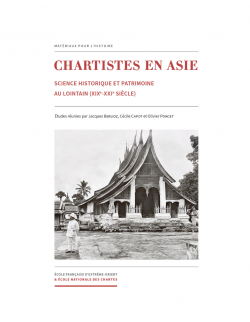
Chartistes en Asie
Philippe LE FAILLER, Christophe MARQUET, Danielle ELISSEEFF, Pierre-Sylvain FILLIOZAT, Isabelle POUJOL, Vincent LEFÈVRE, Michelle BUBENICEK, Olivier PONCET, Jean-Philippe DUMAS, Nathalie MONNET, Marine CABOS-BRULLÉ, Cédric MONG-HY, Cécile CAPOT, Olivia PELLETIER, Odile WELFELÉ, Pascal GENESTE
39,00 €
2021
• Check with the publisher
